Bodie, California: America's Best-Preserved Ghost Town

Bodie, California: America's Best-Preserved Ghost Town
Nestled in the arid hills east of the Sierra Nevada at an elevation of 8,379 feet, Bodie stands as the quintessential American ghost town—a place where time seemingly stopped in the late 19th century. Unlike many former mining settlements that have been commercialized or reconstructed, Bodie's weathered buildings remain in a state of "arrested decay," offering visitors the most authentic glimpse available into the raw reality of boom-and-bust mining towns that once dominated the American West. Today, this California State Historic Park preserves over 200 structures, from humble miners' cabins to the imposing stamp mill, creating an unparalleled window into gold rush life that attracts history enthusiasts, photographers, and curious travelers from around the world.
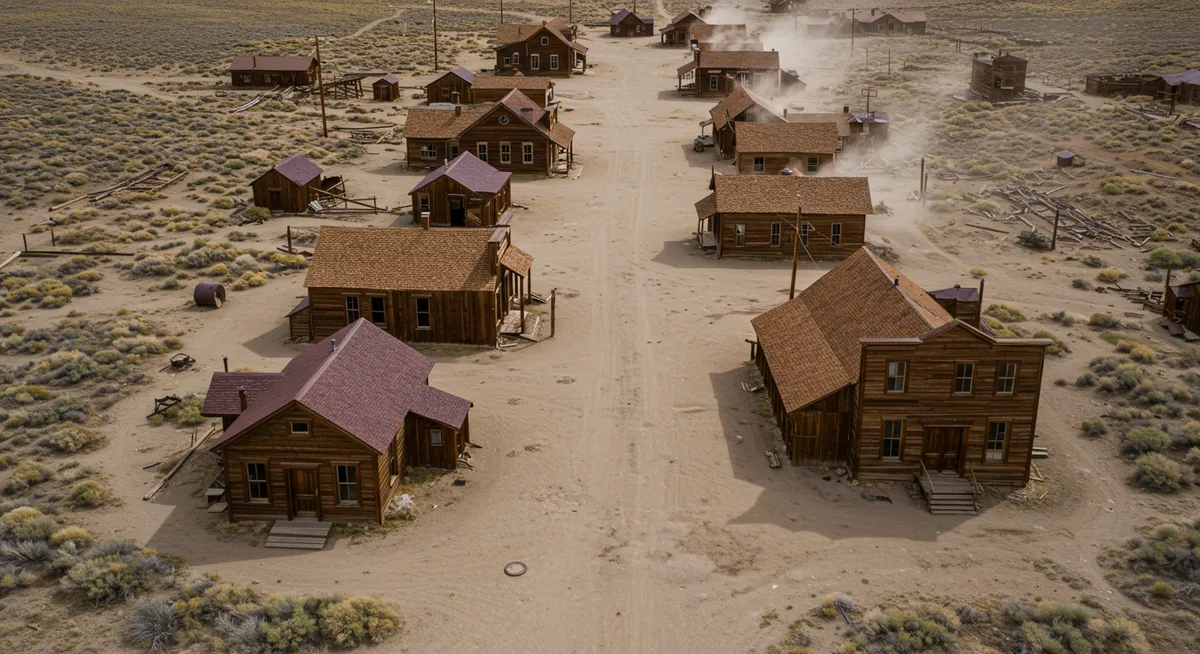
The Rise and Fall of Bodie
Bodie's story follows the classic boom-bust narrative of Western mining towns, but with particularly dramatic highs and lows that have contributed to its legendary status among ghost towns:
Gold Discovery and Early Days
The town's history began in 1859 when William S. Bodey discovered gold in what would later be known as the Bodie Hills. Bodey himself never lived to see the town that would bear his name (with altered spelling), as he perished in a blizzard that same winter. For nearly two decades after its founding, Bodie remained a small mining camp with only modest success, much like many other early gold rush settlements in the Western frontier.
The Boom Years: 1877-1881
Bodie's fortunes changed dramatically in 1877 when a rich deposit of gold ore was discovered by the Standard Company. This discovery triggered a massive influx of prospectors, miners, merchants, and opportunists of all kinds. By 1879, Bodie's population had swelled to approximately 10,000 people, making it one of California's largest cities at the time. During this peak period:
- The town boasted 65 saloons along its mile-long main street
- Multiple newspapers operated, including the Bodie Standard and the Daily Free Press
- Residents could enjoy theaters, dance halls, and a Chinatown district
- As many as 2,000 buildings filled the valley
- The Bodie Railway & Lumber Company constructed a narrow-gauge railroad to bring timber from Mono Lake
- Multiple stamp mills processed ore around the clock, creating a constant thundering sound across the town
Notorious Reputation
During its heyday, Bodie earned a reputation for lawlessness and vice that made it infamous throughout the West. The combination of sudden wealth, isolation, harsh conditions, and minimal law enforcement created a volatile environment where violence was commonplace. A often-repeated phrase attributed to a young girl whose family was relocating to the town captured this reputation: "Goodbye God, I'm going to Bodie." Contemporary newspapers documented regular shootouts, holdups, stagecoach robberies, and brawls, cementing Bodie's place in Western folklore as one of the most dangerous mining camps—a common theme in many notorious boomtowns of the mining frontier.
Decline and Abandonment
Like many mining boomtowns, Bodie's prosperity proved short-lived. By the early 1880s, the easily accessible gold began to deplete, and many prospectors departed for newer strikes elsewhere. The population decreased steadily through the 1880s and 1890s, though corporate mining operations continued on a smaller scale. A devastating fire in 1892 destroyed much of the business district, accelerating the decline.
Mining continued sporadically into the 20th century, with brief revivals during the cyanide processing era in the early 1900s and again during the Great Depression when rising gold prices made mining profitable once more. The final blow came in 1942 when the War Production Board issued Order L-208, shutting down gold mines nationwide to redirect resources toward the war effort. Bodie's remaining residents departed, leaving the town to the elements. In a remarkable twist of fate, the town's remote location and harsh climate helped preserve it from looting and vandalism that might otherwise have erased this unique historical resource.

What Makes Bodie Unique Among Ghost Towns
While the American West is dotted with ghost towns, several factors elevate Bodie to its status as the premier ghost town experience:
Authentic Preservation
Unlike many ghost towns that have been reconstructed, commercialized, or allowed to completely collapse, Bodie exists in what park officials call a state of "arrested decay." This preservation approach maintains buildings exactly as they were found when the state acquired the property—stabilizing structures to prevent further deterioration while avoiding restoration that would compromise their authenticity. The result is an unusually genuine historical site where:
- Interiors of many buildings remain exactly as former residents left them, with personal belongings, store merchandise, and furnishings still in place
- Original wallpaper, curtains, and decorations remain visible in many buildings
- The school houses still contains desks, textbooks, and chalkboards with lessons written on them
- The Methodist church stands with its original bell and pulpit intact
- Rusting machinery and vehicles remain where they were abandoned
Exceptional Scale
With approximately 200 structures still standing, Bodie offers a much more complete picture of a mining boomtown than most ghost towns, where often only a handful of buildings remain. This allows visitors to understand the full spectrum of mining town life in the American West, from industrial facilities to civic buildings to private homes.
Industrial Mining Heritage
The Standard Mill stands as one of the best-preserved stamp mills in the United States, offering a rare glimpse into the industrial processes that were at the heart of Western mining operations. Unlike many ghost towns where only commercial buildings remain, Bodie preserves the full mining infrastructure that was the economic engine of these communities.
Dramatic Setting
Bodie's isolated location in the high desert east of the Sierra Nevada creates a hauntingly beautiful backdrop for the weathered structures. The extreme high-desert climate—with winter temperatures frequently dropping below zero and summer days often exceeding 90°F—contributes to both the site's preservation and its atmospheric quality.

Visitor Information
Getting to Bodie
Bodie's remote location is part of its appeal but requires some planning to visit:
- Location: Bodie State Historic Park is located 13 miles east of Highway 395 via Bodie Road (Highway 270), between the towns of Lee Vining and Bridgeport
- Road Conditions: The last three miles of road are unpaved and can be rough, though usually passable for standard passenger vehicles. In winter, the road may require 4WD vehicles or be completely closed due to snow
- Nearby Attractions: Bodie pairs well with visits to Mono Lake (25 miles southwest) and Yosemite National Park (60 miles southwest)
- Services: There are no services (food, gas, lodging) at Bodie. The nearest amenities are in Bridgeport (20 miles) or Lee Vining (24 miles)
Operating Hours and Fees
Before planning your visit, note these practical details:
- Summer Season: May through October, open daily 9am to 6pm
- Winter Season: November through April, open daily 9am to 4pm, weather permitting
- Entrance Fee: $8 for adults, $5 for children (fees subject to change)
- Accessibility: Limited accessibility for visitors with mobility challenges due to the site's rough terrain and historical nature
- Weather Considerations: At 8,379 feet elevation, weather can change rapidly. Summer visitors should bring sun protection, while winter visitors need warm clothing
What to See
With limited time, prioritize these key areas of Bodie:
- Main Street: The heart of the town with the best-preserved commercial buildings
- Standard Mill: Tours of this impressive industrial facility are occasionally offered in summer
- Museum: Located in the former Miners Union Hall, offering historical exhibits and context
- Cemetery: Located on the hill above town, reflecting the harsh realities of frontier life
- Residential Areas: Wander side streets to see homes ranging from tiny miners' cabins to more substantial family houses
Photography Tips
Bodie is a photographer's paradise, offering unique opportunities for both landscape and architectural photography:
- Best Light: Early morning and late afternoon provide warm, directional light that highlights the texture of weathered wood and adds drama to the structures
- Interior Shots: Bring a tripod for low-light interior photography (where permitted) through windows
- Weather Effects: Dramatic clouds, fog, or fresh snow can create especially atmospheric images
- Detail Focus: Beyond capturing entire buildings, look for evocative details like peeling wallpaper, weathered signs, or abandoned personal items
- Perspective: Consider visiting the hills above town for panoramic views of the entire settlement in its landscape context
The Bodie Curse
Park rangers report regularly receiving packages containing items taken from Bodie—often accompanied by letters describing misfortunes that have befallen the senders since removing these "souvenirs." This phenomenon, known as the "Bodie Curse," has become part of the site's modern folklore. Whether you believe in supernatural consequences or not, remember that removing anything from Bodie is illegal and damages this irreplaceable historical resource.
Seasonal Experiences
Bodie offers dramatically different experiences depending on when you visit:
Summer (May-September)
- Pros: Easiest access, full operating hours, special events like "Friends of Bodie Day"
- Cons: Larger crowds, hot daytime temperatures, challenging for photography due to harsh midday light
- Special Opportunities: Mill tours, living history demonstrations on select weekends
- Photography: Best in early morning or evening when crowds are thinner and light is softer
Winter (November-April)
- Pros: Dramatic snowy landscapes, virtually no crowds, magical atmosphere
- Cons: Difficult access (often 4WD or snowmobile only), limited operating hours, extremely cold temperatures
- Special Opportunities: Seeing Bodie as its year-round residents experienced winter
- Photography: Exceptional opportunities with snow-covered buildings, but requires preparation for extreme conditions
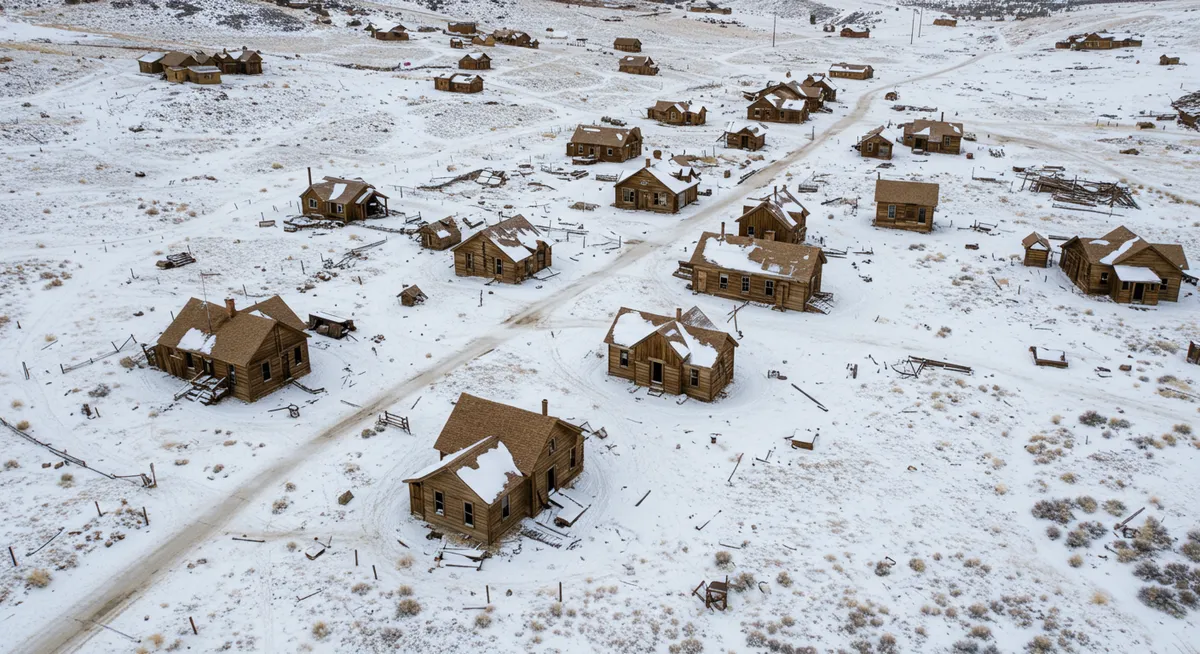
Beyond Sightseeing: Deeper Engagement with Bodie
To transform your visit from casual tourism to meaningful engagement with this remarkable historical site:
Educational Resources
- Guided Tours: Check at the museum for ranger-led interpretive walks (typically offered during summer)
- Bodie Foundation: This nonprofit partner organization offers special access events, publications, and supports preservation
- Historical Books: Several excellent books detail Bodie's history, including "Bodie: The Mines Are Looking Well" by Michael H. Piatt and "Bodie: 1859-1900" by Terri Geissinger
Special Events
The Bodie Foundation organizes unique experiences throughout the year:
- Ghost Walks: Evening tours focusing on Bodie's colorful history and reported hauntings
- Photographers' Day: Special early/late access for serious photographers
- Star Photography: Occasional nighttime access for astrophotography in one of California's darkest sky locations
Supporting Preservation
Visitors can contribute to Bodie's continued preservation through:
- Membership: Joining the Bodie Foundation helps fund ongoing conservation efforts
- Donation: Direct contributions support specific preservation projects
- Responsible Visitation: Following site rules, staying on designated paths, and never removing or disturbing artifacts
Nearby Ghost Towns and Related Attractions
While Bodie stands as the premier ghost town experience, several nearby sites offer complementary experiences for those interested in mining history. Explore other fascinating ghost towns of the American West to get a more complete picture of the region's boom-and-bust mining heritage.
Within Day-Trip Distance
- Aurora, Nevada: Once Bodie's prosperous rival across the state line, now mostly ruins
- Masonic: A small ghost town north of Bodie with a few remaining structures
- Chemung Mine: A well-preserved small mining operation near Masonic
- Mono Mills: Remnants of the lumber operation that supplied Bodie, located near Mono Lake
Mining Museums and Living History Sites
- Laws Railroad Museum: Near Bishop, featuring preserved railroad equipment and buildings from the Owens Valley's mining era
- California State Mining and Mineral Museum: In Mariposa, displaying mining equipment and spectacular mineral specimens
- Columbia State Historic Park: A living history gold rush town with functioning businesses in historic buildings
Plan Your Visit to Bodie
Step back in time at America's best-preserved ghost town, where California's gold rush history comes alive through over 200 buildings maintained in a state of "arrested decay."
Related Ghost Town Experiences
If you're fascinated by Bodie, explore these other remarkable ghost towns in the American West:
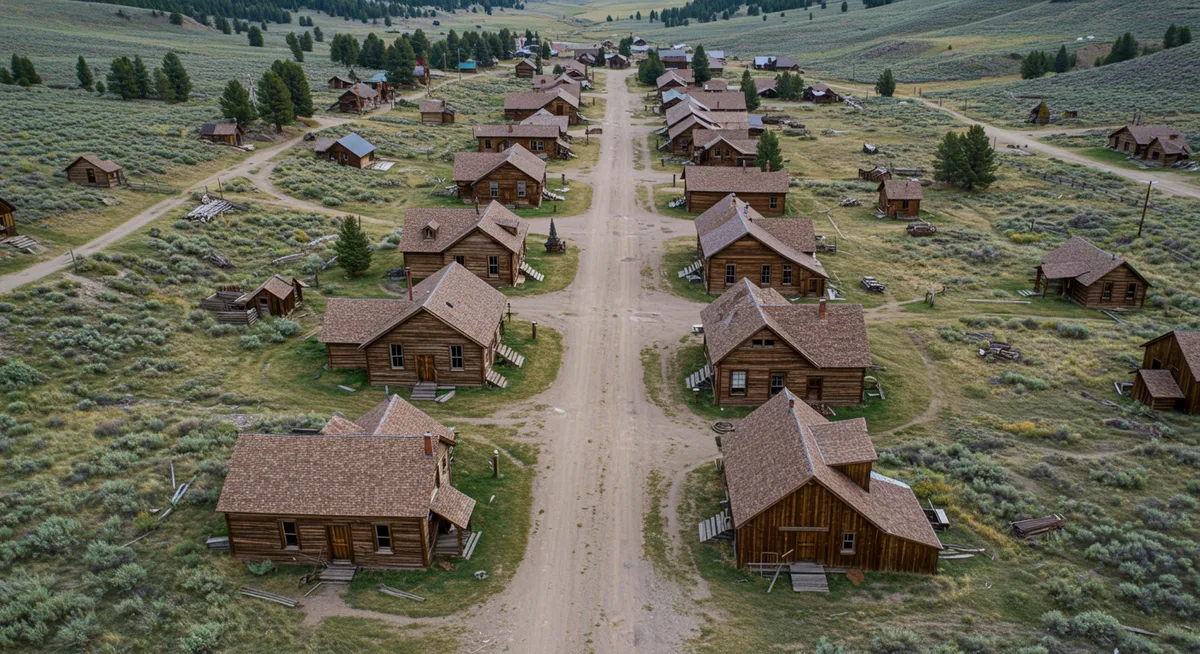
Bannack, Montana: Where Montana's Gold Rush Began
Explore Montana's first territorial capital with over 60 intact structures including the dramatic Masonic Temple and Hotel Meade.
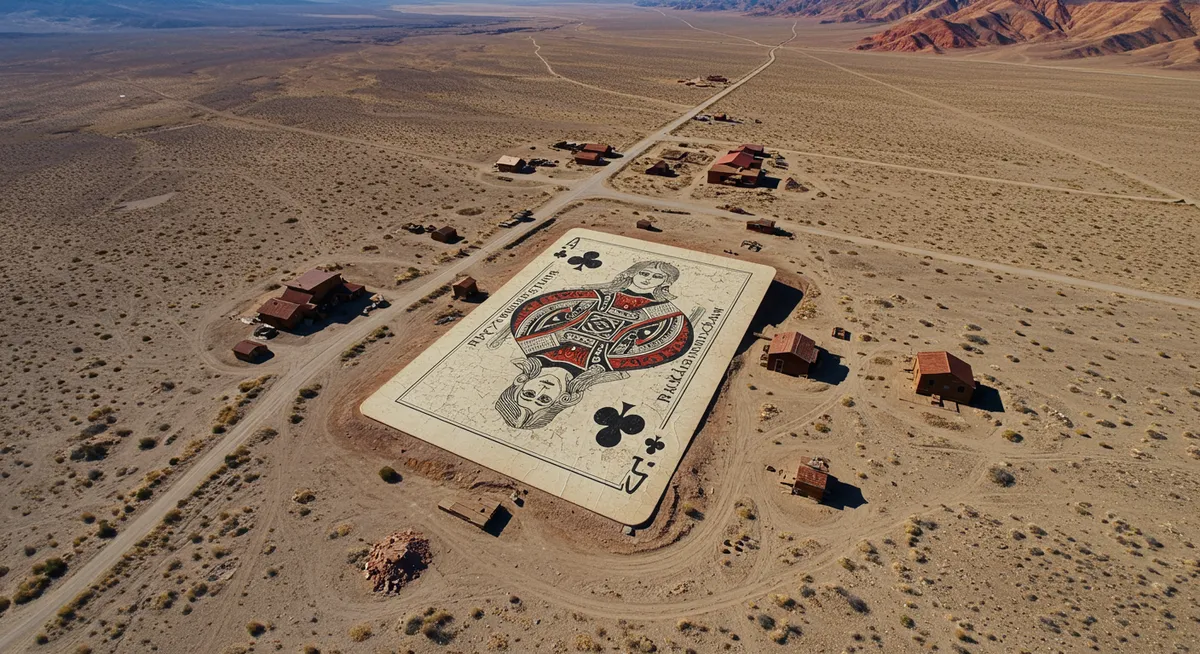
Rhyolite, Nevada: The Boom That Went Bust
Witness dramatic ruins that tell the story of a spectacular mining collapse, where grand stone buildings now stand as monuments to overconfidence.
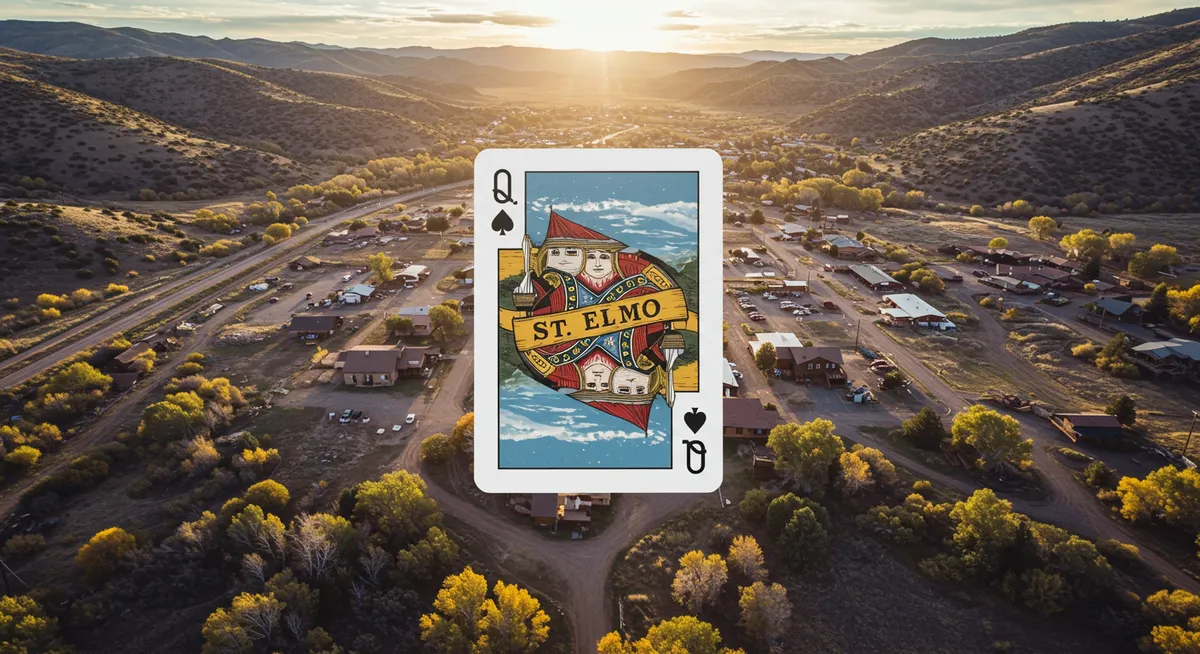
St. Elmo, Colorado: The Alpine Ghost Town
Visit one of Colorado's best-preserved ghost towns nestled in the Sawatch Range, with dozens of original buildings including the iconic general store.